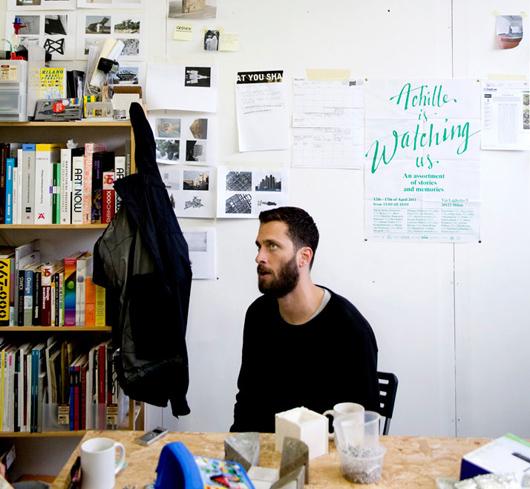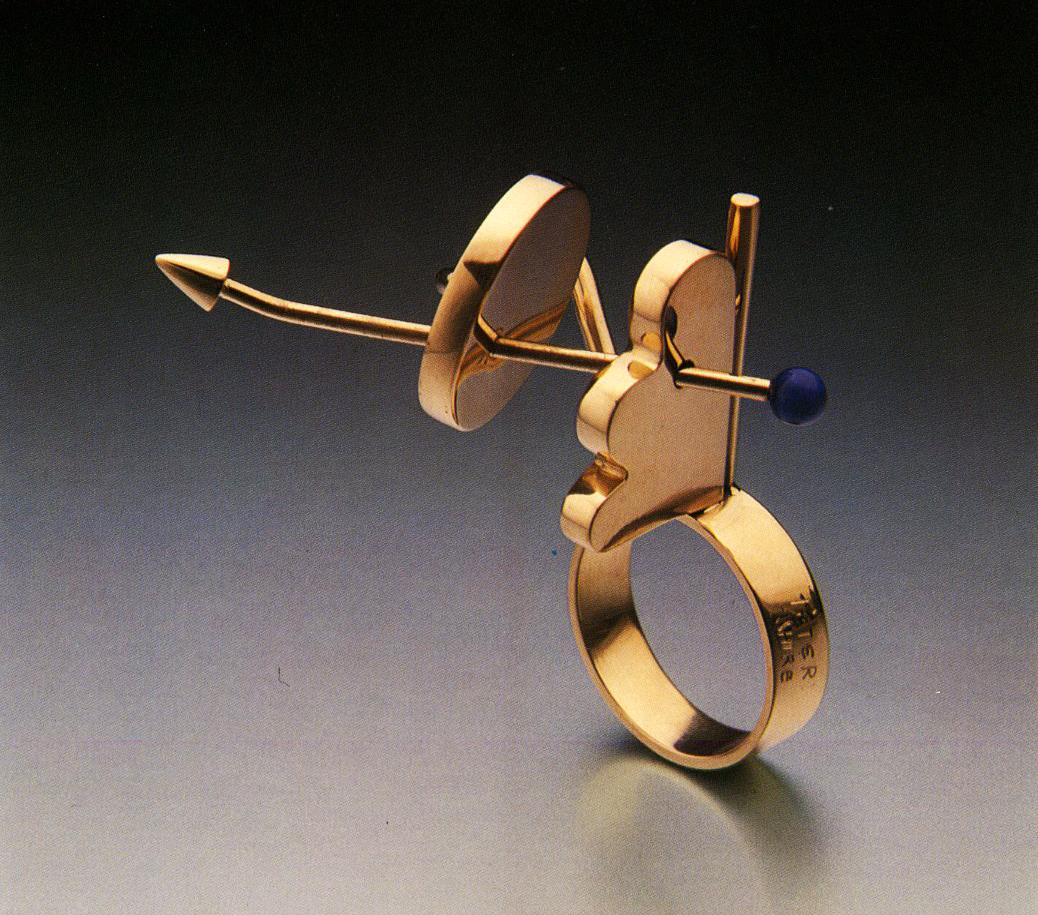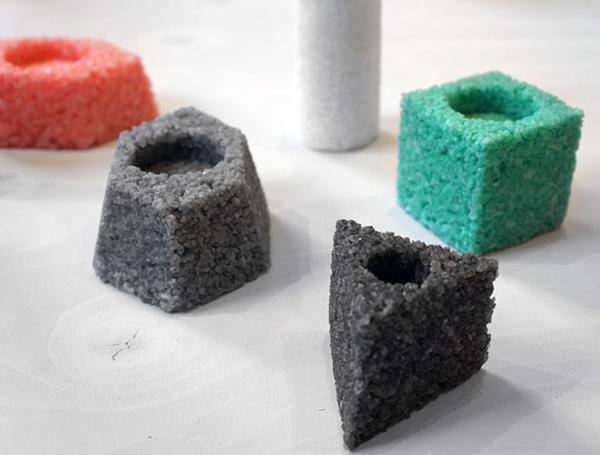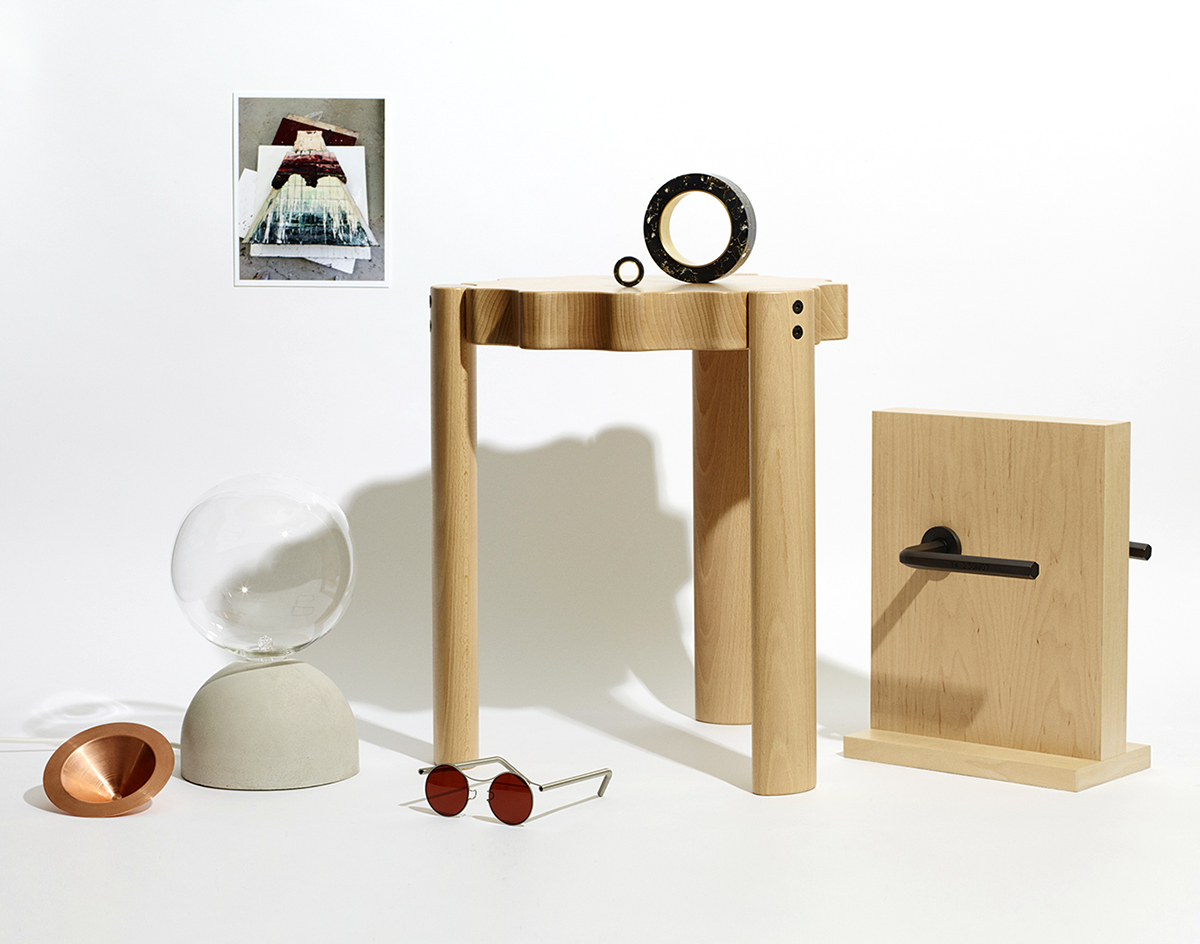
09.28.15
Q+A
Laura Houseley on Ready Made Go at the London Design Festival
Last week’s London Design Festival — which we’ll be reviewing in detail tomorrow on Sight Unseen — included plenty of beautiful objects thoughtfully displayed on pedestals or on gallery walls. But possibly even more compelling was the setup at the Ace Hotel‘s Ready Made Go exhibition, curated by Laura Houseley of Modern Design Review magazine, where visitors could experience a handful of new designs by local up-and-comers actually put to work in their intended habitat. The brief for the show was refreshingly simple: The Ace needed a few new functional fixtures and furnishings, and Houseley would use that as the impetus to commission objects from Philippe Malouin, Studio Vit, Hilda Hellström, Tomás Alonso, Marcin Rusak and Parsha Gerayesh — everything from a door handle (Malouin) to a pair of sunglasses for the hotel shop (Gerayesh). And there those sunglasses were, last week, sitting in the shop’s vitrine, more impressive than another Wayfarer from another hipster brand but equally ready to be purchased and worn. We chatted with Houseley about how the project came about.
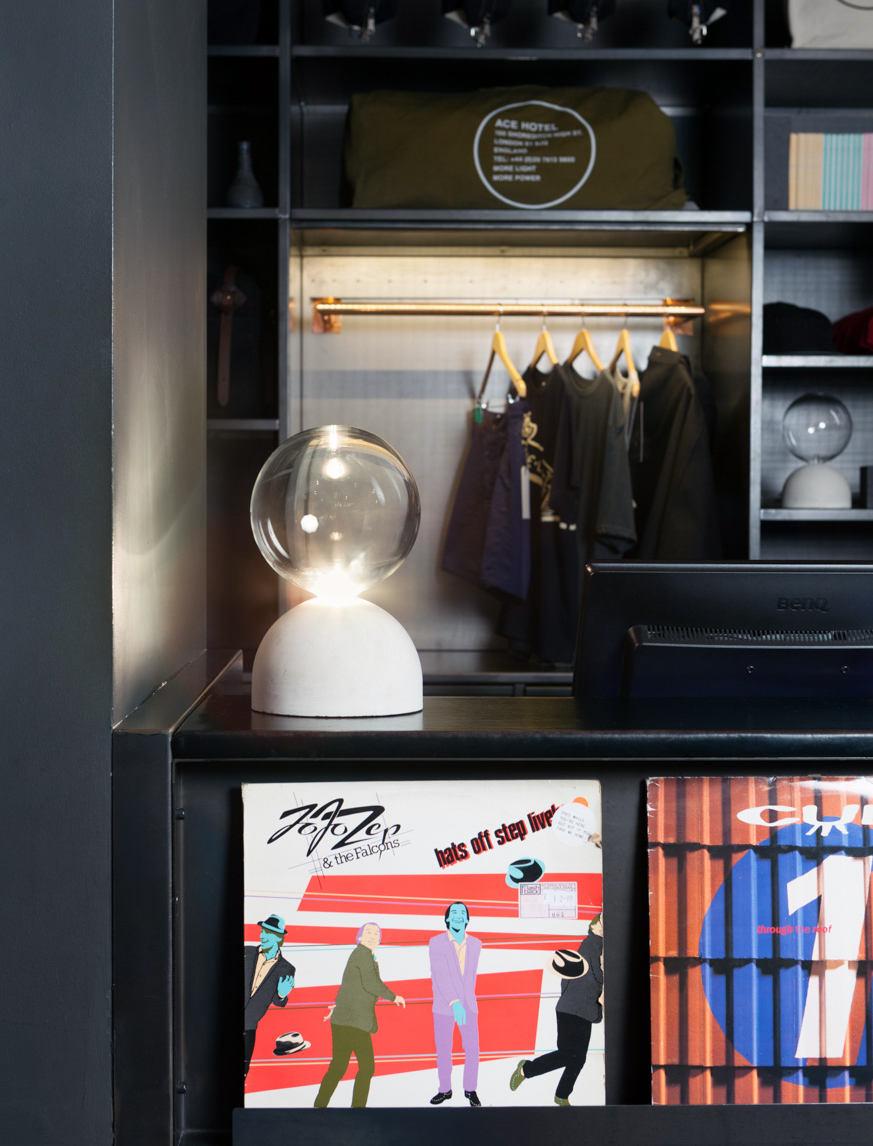
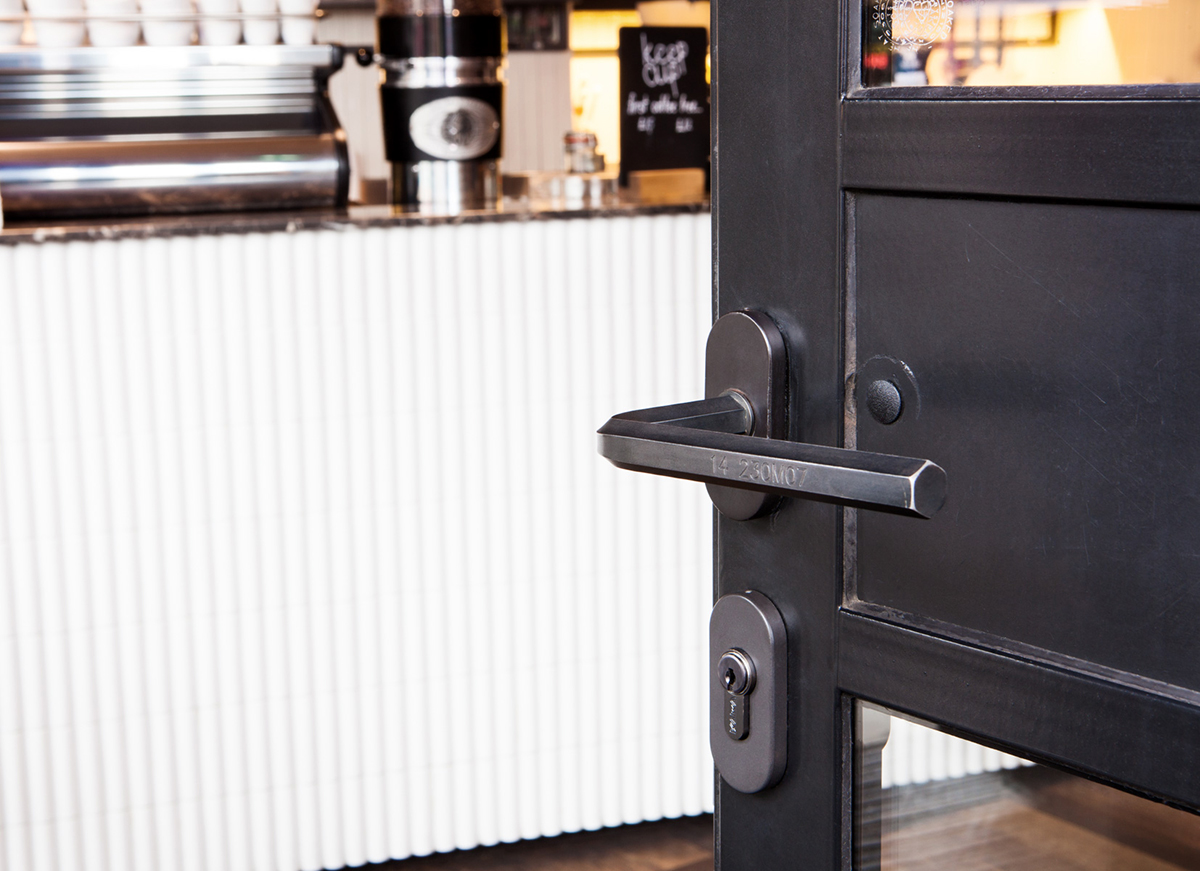
You mentioned that when you asked the Ace for a list of furnishings they needed, they gave you some fun things (like a restaurant centerpiece) and some not-so-fun things (like a door handle), and you weren’t sure if the designers would be excited about the non-fun things, but they were. Can you tell us a bit about that process?
All of the things on our list from the Ace were fun! I think anything they might have suggested we make would have had the potential to be interesting. The very nature of being challenged to produce objects means that you have the opportunity to deliberate, explore and make something great — no matter what it is. That said, the door handle was a difficult item on the list because the hotel only needed one set, and also, door handles are one of those surprisingly complex objects, yet are incredibly vital. So we were aware that it was going to be a challenge, but that also made it a very exciting item. In the end Philippe Malouin did an amazing job of negating all the difficulties.
I was also careful to choose objects that gave the potential to explore very different areas of design and different functions in the hotel, so I was very happy that we had small, seemingly humble items like the door handle on our list as well as the bigger and more attention-grabbing items like Hilda Hellstrom’s installation.
Regarding the process, the Ace Hotel handed over a list of items that the hotel was in genuine need of and were on the cusp of buying off-the-shelf. The list included a real variety of things; they were very honest about what they needed and why. Because of that I think we got a great insight into how the hotel works and how the objects that are part of the hotel help it function. The most important part of the process for us was considering these objects and matching the object to a designer. Because the items were each so different, it meant we had the opportunity to commission and work with a diverse group of designers, each with different strengths and interests.
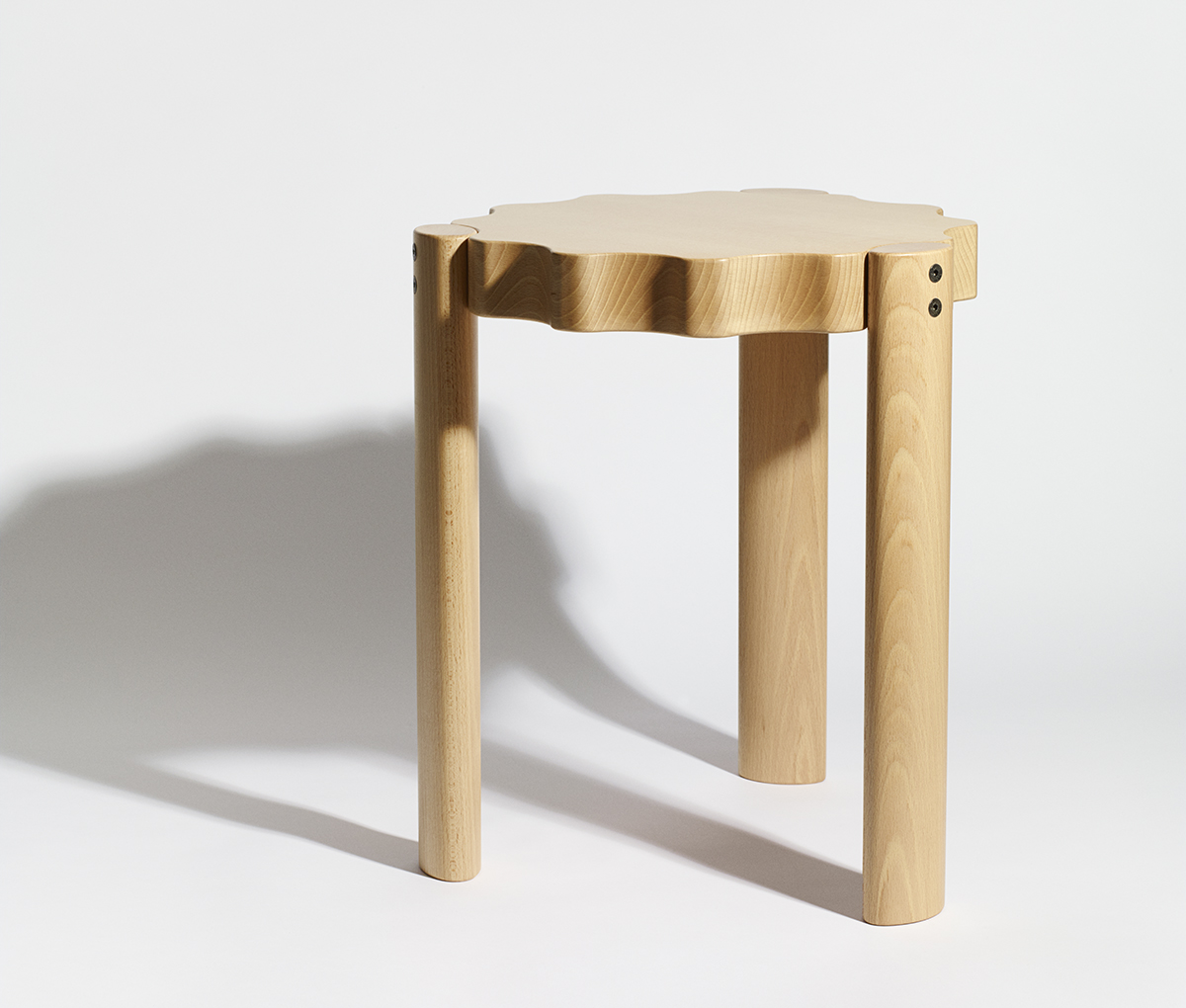 Can you pick three pieces in the show that have interesting backstories and tell me about them? I was told, for instance, that Philippe’s stools needed to have curved edges to meet hotel standards — so no one could use it to hit someone.
Can you pick three pieces in the show that have interesting backstories and tell me about them? I was told, for instance, that Philippe’s stools needed to have curved edges to meet hotel standards — so no one could use it to hit someone.
The stool was an important piece. It had a lot of functions to fulfill — the hotel needed occasional seating that could be used to supplement the existing seating in the lobby and bar areas. The stool needed to be solid and built to last, and it had to stack and be stable. It also had to be safe — so no sharp edges or dangerous elements. Philippe also made it flat-pack as well as characterful and distinct; we love that it looks good when in use or in storage.
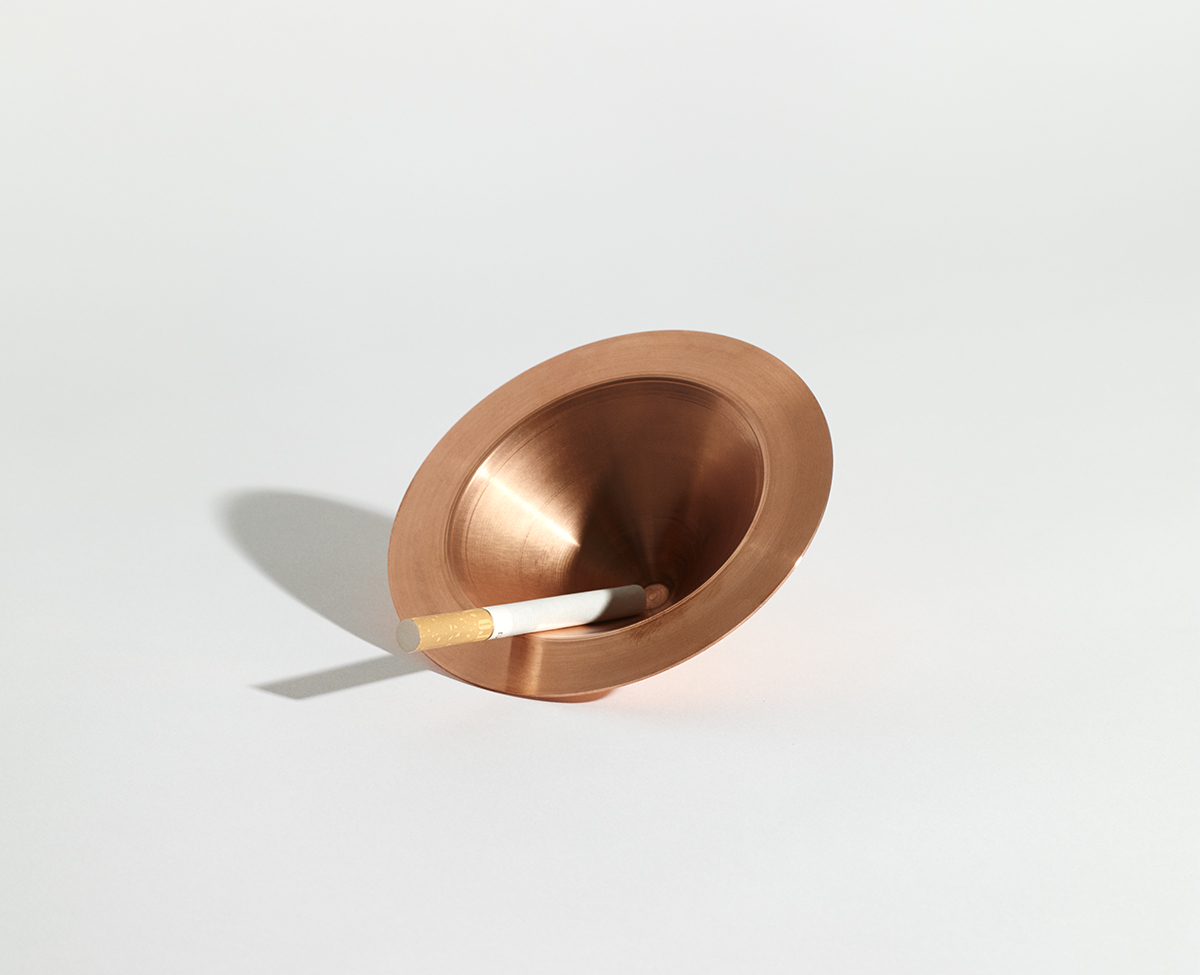 Tomas Alonso’s ashtray was another interesting commission and solution. We began the process with a very different item in mind: a vessel that would be large, communal, heavy, unstealable, and unmoveable. But then I remembered something Terence Conran once said about a famous restaurant he ran in the nineties, that the best bit of marketing for it was the ultra-recognizable ashtray that everyone coveted. So then we started to think about how this little object could have a secondary function. Tomás actually gave the ashtray second and third functions, too: First, it works as a container for ash, with the spinning motion gathering the contents and preventing the ashtray from tipping. But it’s also designed to be playful, a conversation point on a tabletop or in the hand, and also a recognizable object associated with the Ace Hotel.
Tomas Alonso’s ashtray was another interesting commission and solution. We began the process with a very different item in mind: a vessel that would be large, communal, heavy, unstealable, and unmoveable. But then I remembered something Terence Conran once said about a famous restaurant he ran in the nineties, that the best bit of marketing for it was the ultra-recognizable ashtray that everyone coveted. So then we started to think about how this little object could have a secondary function. Tomás actually gave the ashtray second and third functions, too: First, it works as a container for ash, with the spinning motion gathering the contents and preventing the ashtray from tipping. But it’s also designed to be playful, a conversation point on a tabletop or in the hand, and also a recognizable object associated with the Ace Hotel.
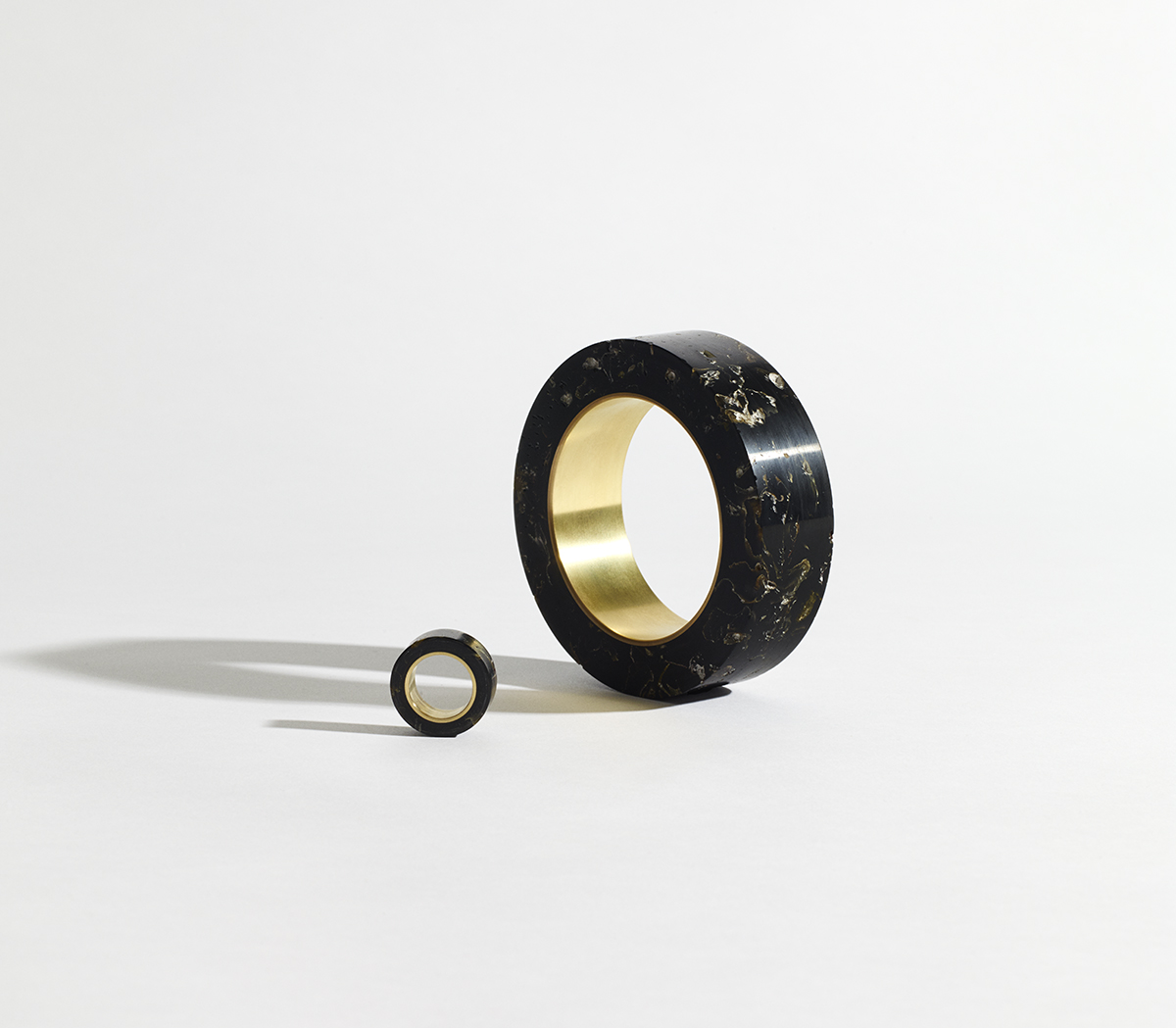 The Botanic jewelry collection by Marcin Rusak has a great story. One of the items on our list was simply “Gift Shop Items.” So we spent a little time thinking about the kinds of objects that were missing, and jewelry seemed like a great addition — it’s quite a traditional and practical gift item to find in a hotel shop (I couldn’t help but think of the high-end jewelry in hotels like the Ritz) but that wasn’t to say we couldn’t do an entirely new and original take on it for the Ace. Marcin is an exciting young designer who had already developed an original flower-infused resin that he was using to make furniture, and the material seemed very romantic to me, with flowers fossilized and suspended in the resin. It also looks great — like stone or marble. We asked him to apply it to a range of jewelry and the Botanic collection is the result. He makes the resin by collecting waste flowers from London florists, drying them, and suspending them in the black resin. The interior of the Botanic bangle and ring is made from brass plumbers’ pipes.
The Botanic jewelry collection by Marcin Rusak has a great story. One of the items on our list was simply “Gift Shop Items.” So we spent a little time thinking about the kinds of objects that were missing, and jewelry seemed like a great addition — it’s quite a traditional and practical gift item to find in a hotel shop (I couldn’t help but think of the high-end jewelry in hotels like the Ritz) but that wasn’t to say we couldn’t do an entirely new and original take on it for the Ace. Marcin is an exciting young designer who had already developed an original flower-infused resin that he was using to make furniture, and the material seemed very romantic to me, with flowers fossilized and suspended in the resin. It also looks great — like stone or marble. We asked him to apply it to a range of jewelry and the Botanic collection is the result. He makes the resin by collecting waste flowers from London florists, drying them, and suspending them in the black resin. The interior of the Botanic bangle and ring is made from brass plumbers’ pipes.
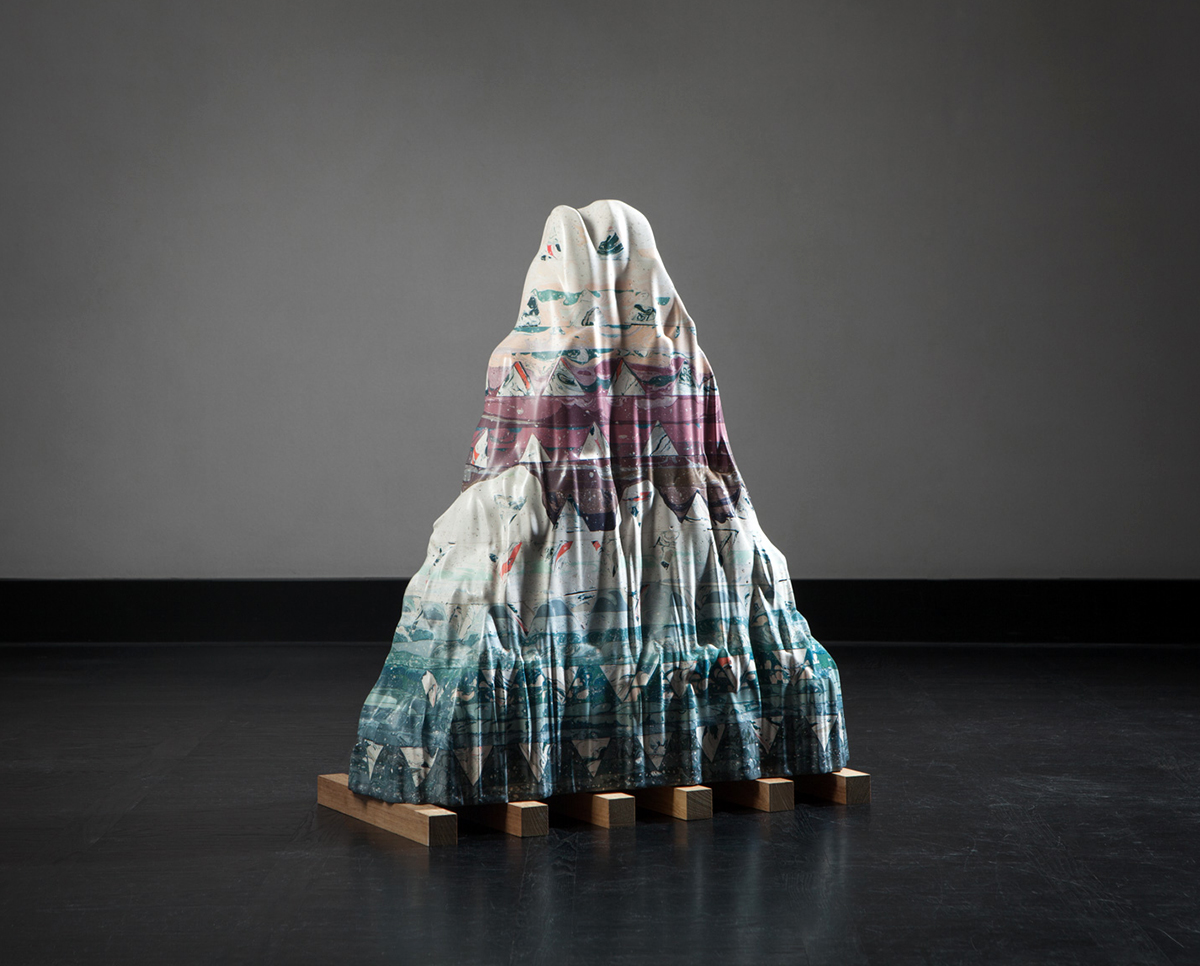 I’ll add one more: Hilda’s mountain. At the early stages of the design we were looking at Japanese rock gardens for inspiration, and these often incorporate foliage, bonsai, etc. We were interested in whether that would work with her rock-like Jesmonite. She decided foliage wasn’t necessary, and then went on to present the mountain design, where the rock would do all the work, and that was just fine.
I’ll add one more: Hilda’s mountain. At the early stages of the design we were looking at Japanese rock gardens for inspiration, and these often incorporate foliage, bonsai, etc. We were interested in whether that would work with her rock-like Jesmonite. She decided foliage wasn’t necessary, and then went on to present the mountain design, where the rock would do all the work, and that was just fine.
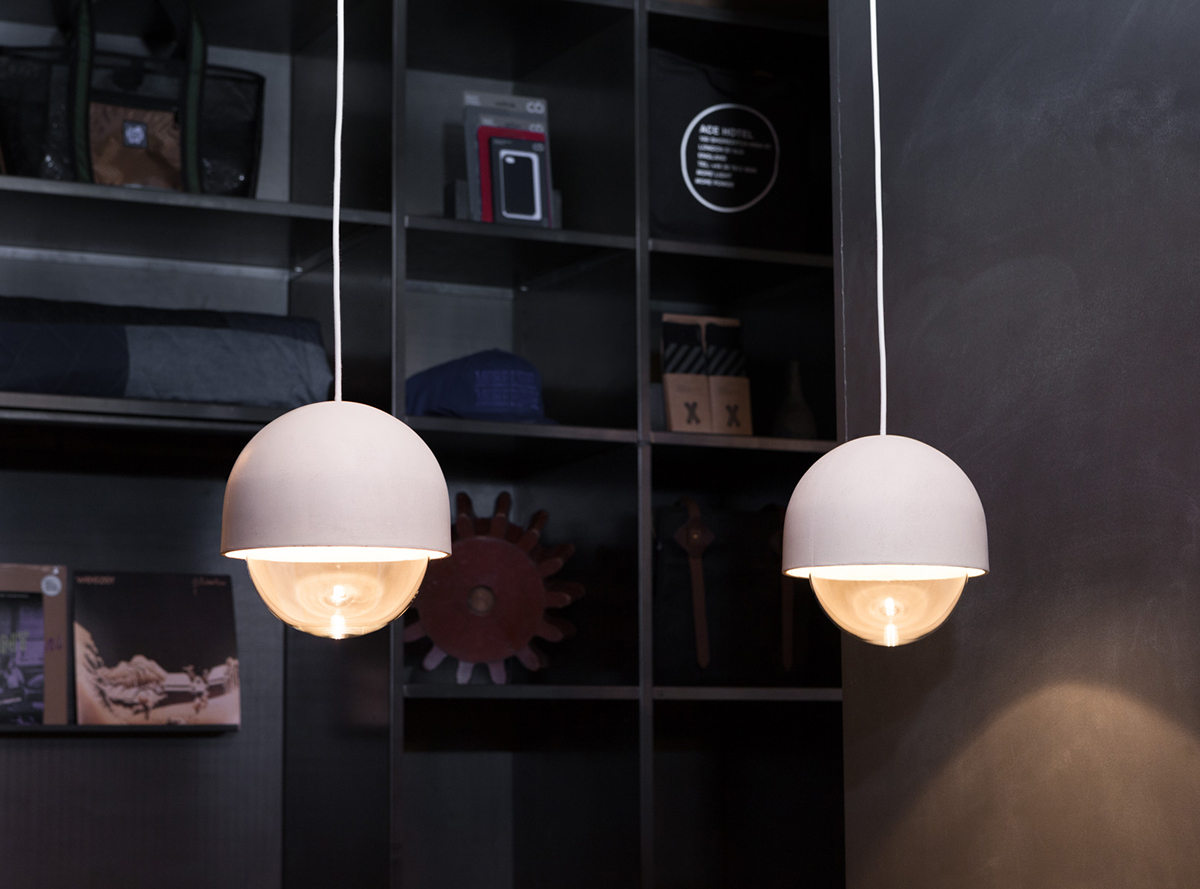
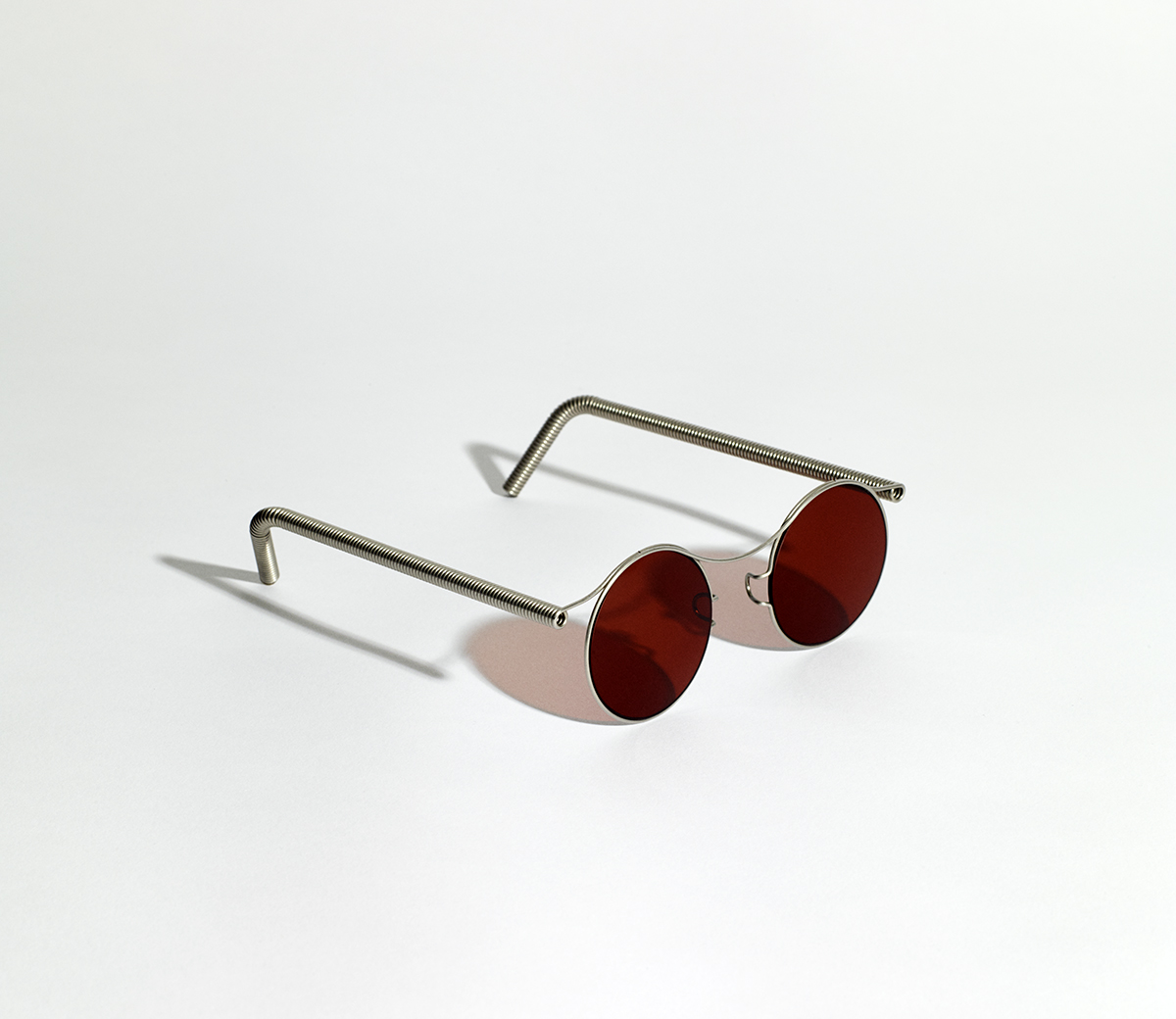 If you could design your own dream hotel with no budget, having now done this project, who would you invite to make things for it and what things would you ask them to make?
If you could design your own dream hotel with no budget, having now done this project, who would you invite to make things for it and what things would you ask them to make?
If such a wonderful dream project ever happened, I would go straight to the greatest designers to make the products they love to make. I think you get great results when a designer is engaged, challenged, relaxed, and enjoying what they’re making. One thing that’s stayed with me through the project is the idea of hotels being great catalysts for good design. I’ve had iconic interiors like Gio Ponti’s Principe and Jacobsen’s SAS Royal playing in the back of my mind. Hotels are public spaces, but they’re domestic, too — they’re demanding and exacting. If you can produce a piece of furniture or an object that can withstand all of that, then you’re onto something good.
